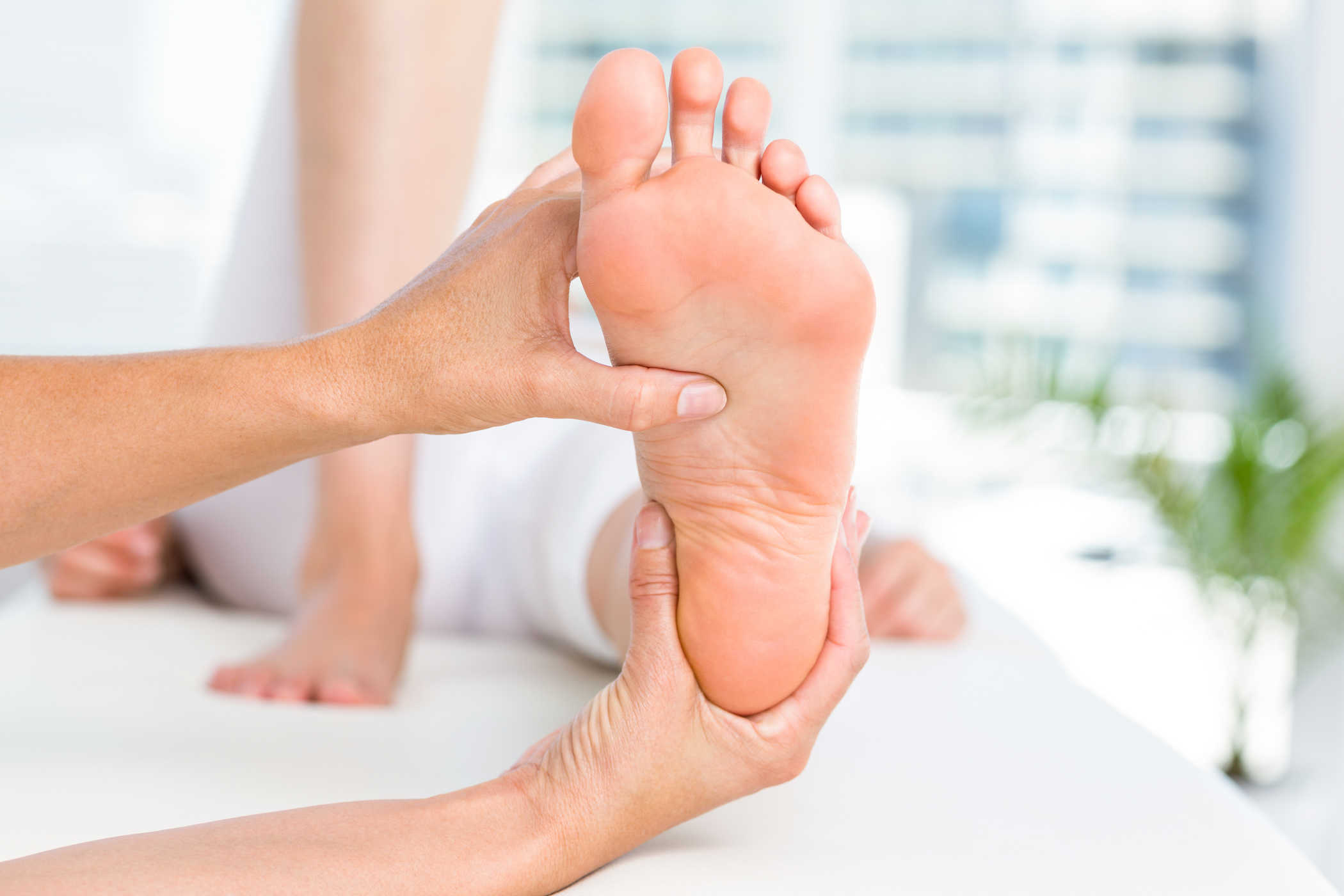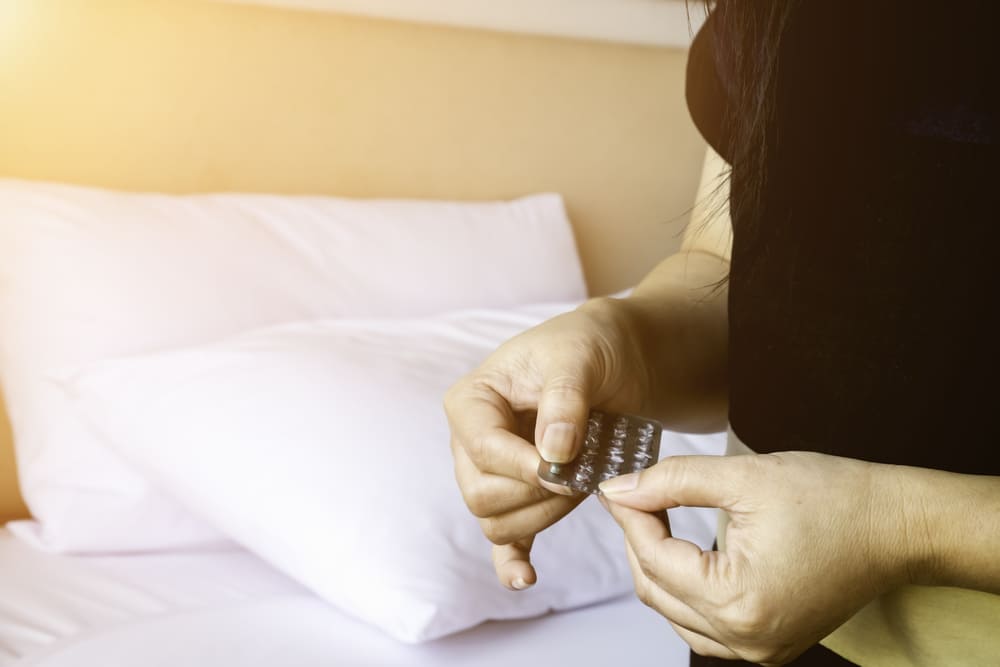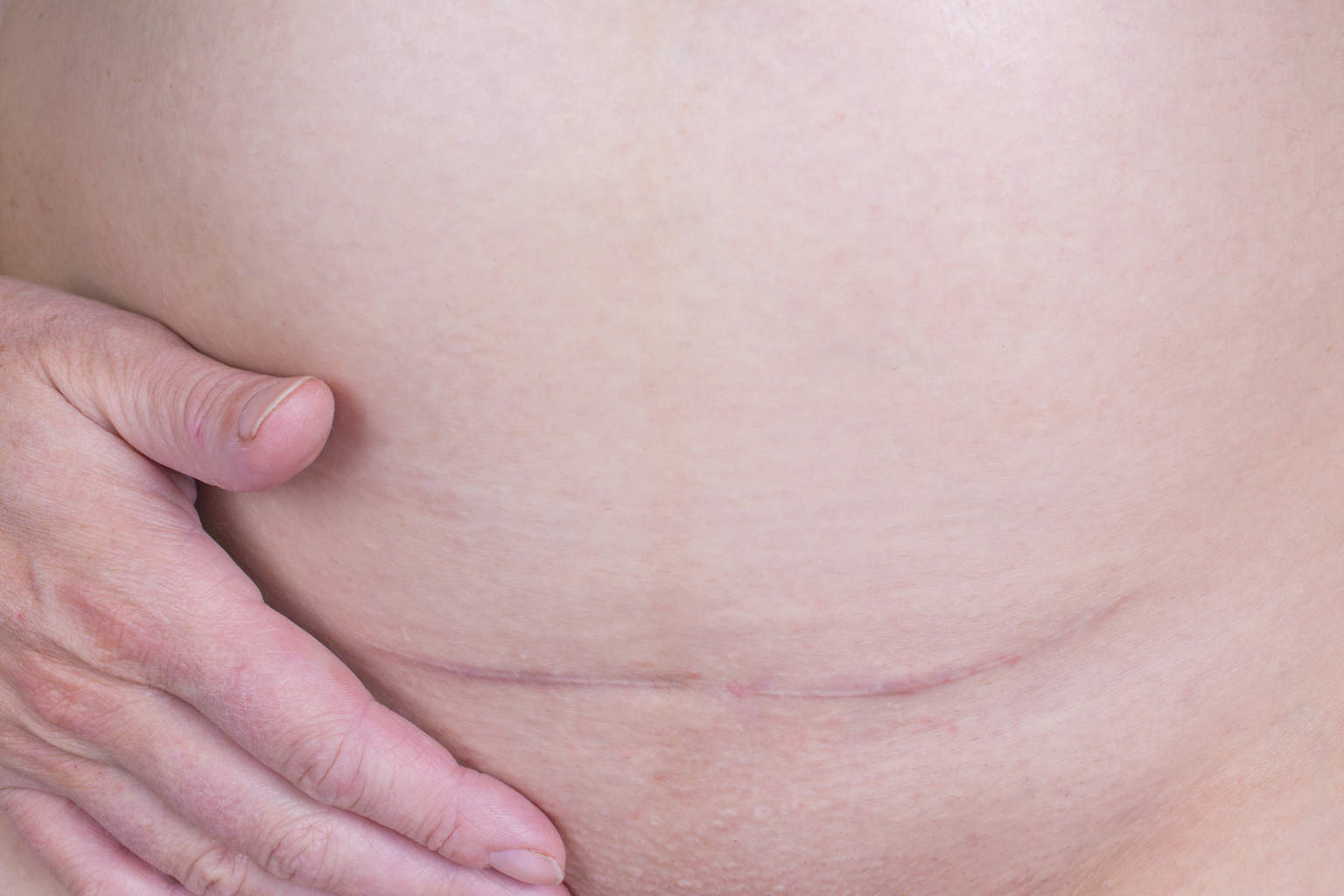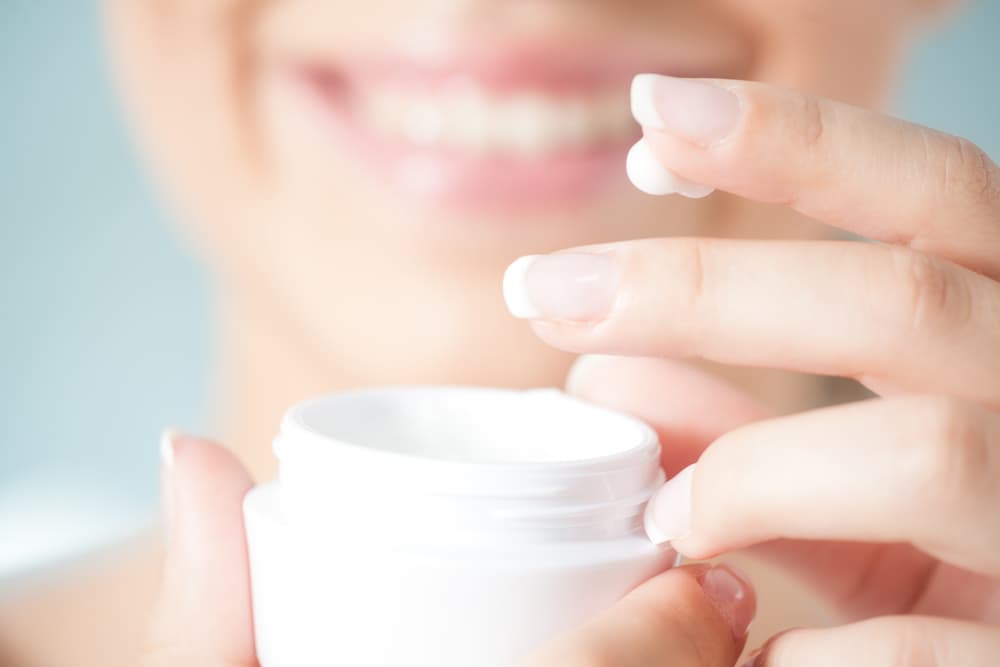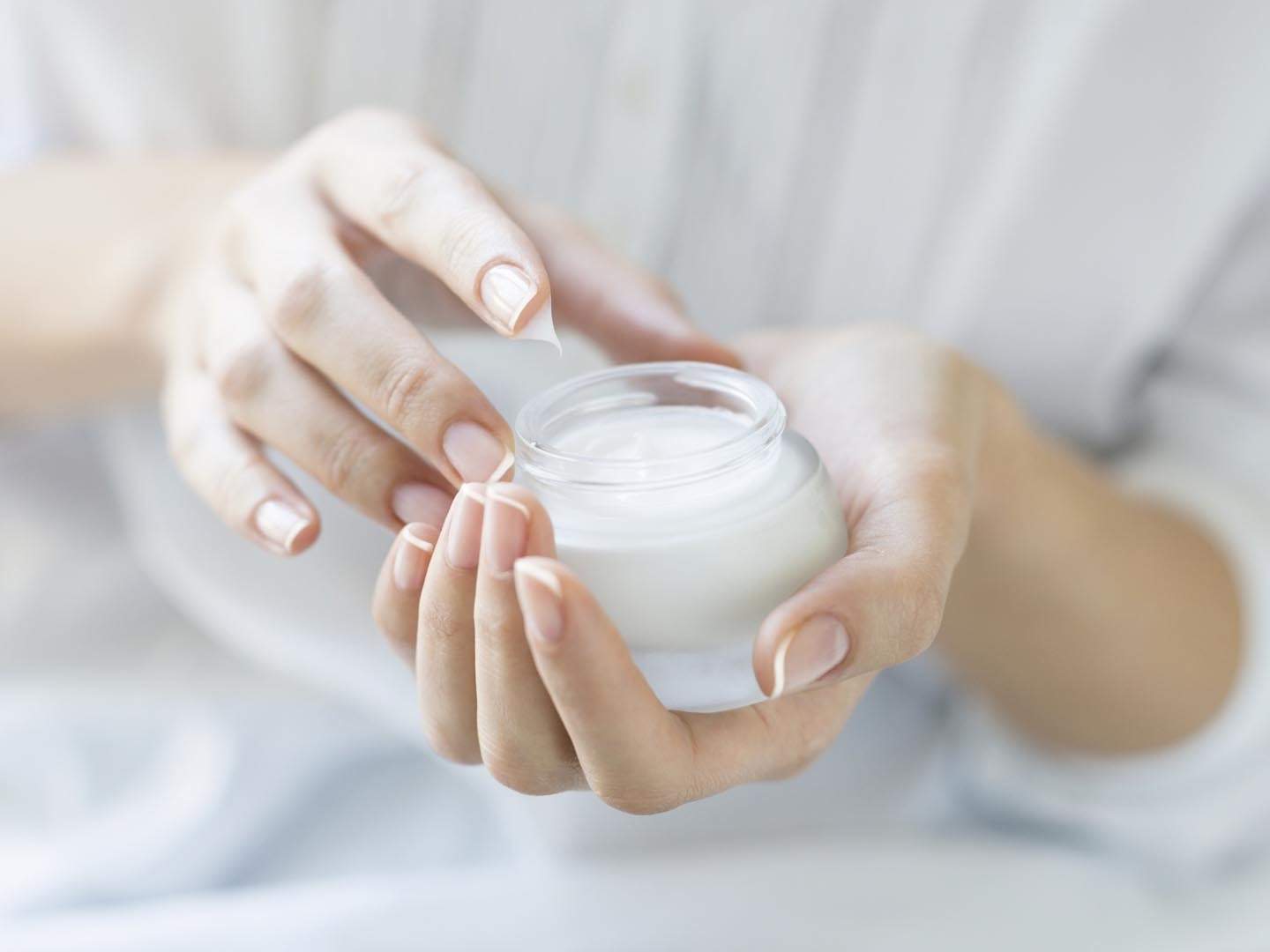Contents:
- Medical Video: Foot problems common among diabetics
- Check your feet every day
- Clean all wounds
- Avoid pressure on the feet
- Use appropriate footwear
- Controlling infection
Medical Video: Foot problems common among diabetics
Injuries that occur at the feet of diabetics are usually more difficult and longer to heal, and if infected for a long time will cause fatal effects. Although wounds and calluses on the surface of the feet can be experienced by anyone, but in diabetics more intensive treatment is needed. This aims to reduce the risk of amputation due to overall tissue damage to the feet.
Infection and sores on the skin of diabetic feet often are not treated early because of a nervous breakdown, so that diabetics do not feel pain or pressure on the feet. This condition is exacerbated by uncontrolled blood sugar levels, which can cause tissue death (gangrene) Here are some things that need to be done in dealing with the condition of the foot that has a disorder in diabetics.
Check your feet every day
Pay attention to each surface of both feet especially on the toes. The following are some signs that must be addressed immediately to avoid injury:
- The skin looks cracked, reddish, accompanied by a feeling of heat - possible signs of fungal infection on the skin, immediately consult a doctor for further treatment.
- The toenails look brownish and brittle yellow - this can be caused by a fungal infection and can be treated using anti-fungal pill drugs. Treatment of fungal infections of the nails is also done by removing infected nail tissue.
- Toenails grow downward - is an abnormal nail growth that can hit the toes. If this happens, cut the nail slowly after bathing when the nail is not too hard to avoid injury to the toes.
- Skin buildup on the palm and foot area near the bone - is a callous sign. Stacking is characterized by the presence of hardened skin due to pressure in the area with calluses. Do not cut the skin with sharp objects. Use pumice to remove the skin layer. Treatment can also be done using ointment to soften hard skin.
- Crooked toes inward - use a pedestal that has a wide surface at the tip of the foot. In some cases it requires surgery to re-straighten the toes.
- Blisters with liquid bubbles - due to friction and pressure on the foot continuously. Avoid breaking the liquid bubble and use an anti-bacterial ointment to avoid infection.
- Ulceration or open wounds - Always give first aid if a foot injury occurs. Avoid direct pressure on the wound. It is not recommended to exercise if you have open sores on your feet.
Clean all wounds
This needs to be done to avoid infection and the entry of germs from the surface. Here are some things to consider when cleaning wounds:
- Clean the wound by removing the dead skin tissue and calluses.
- If the wound is in the form of ulceration, it should be covered with gauze to avoid contamination. Gauze with active ingredients will accelerate skin growth so that it accelerates healing.
- During healing, there may be abscesses or pus buildup around the wound, so antibiotic drugs are recommended to reduce the surface of the abscess. If necessary, do pus suction to prevent the infection from continuing.
- Wash with warm water, not hot water.
- Avoid wetting your feet too long because moist wounds take longer to recover.
Avoid pressure on the feet
Avoid pressure directly on the feet of diabetics who experience ulceration or calluses. Use a wheelchair and crutch while walking to avoid pressure on the feet. If necessary, use it total contact cast (TCC) which is shaped like a bandage to coat the feet from the palm to the knees so that the sores on the legs are protected from pressure.
Use appropriate footwear
Here are some things to consider in choosing footwear for sufferers diabetic foot:
- Never leave home without using footwear.
- Use footwear with a thick layer of soles and can protect the feet from damp and cold weather conditions.
- Avoid the use of high heels and shoes with a pointed tip and too tight so that it presses the surface of the foot.
- Don't use sandals with open ends.
- Change your socks once a day and choose loose / not tight socks.
Controlling infection
Infection of the feet of diabetics is usually caused by various germs. Consumption of antibiotics can avoid ongoing infections. In order for infection control to be effective, consult your doctor to use antibiotics that can overcome germs with gram positive and gram negative. Mild to severe infections can be treated with several antibiotics such as cephalexin, amoxicillin, moxifloxacin, or clindamycin.
Always control blood sugar levels to minimize the development of neuropathy in the legs and prevent gangrene. Always supervise physical changes in the legs and take immediate care. Minimize the risk of infection by keeping your feet clean in dry and warm conditions.
READ ALSO:
- Tips for Caring for Foot Ulcers in People with Diabetes
- Can People with Diabetes Have Milk?
- Knowing Diabetic Foot: Complications in Diabetes-induced Legs

